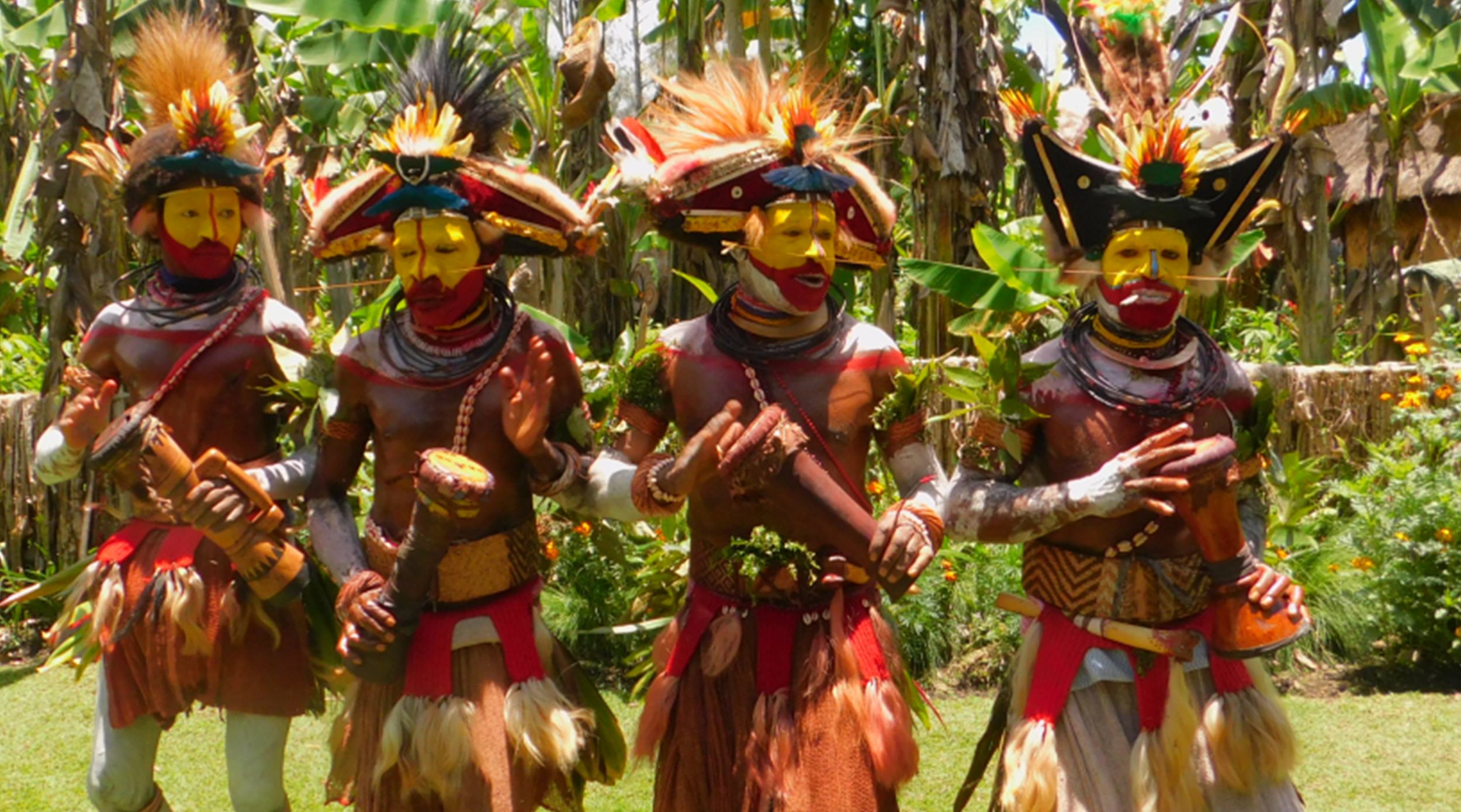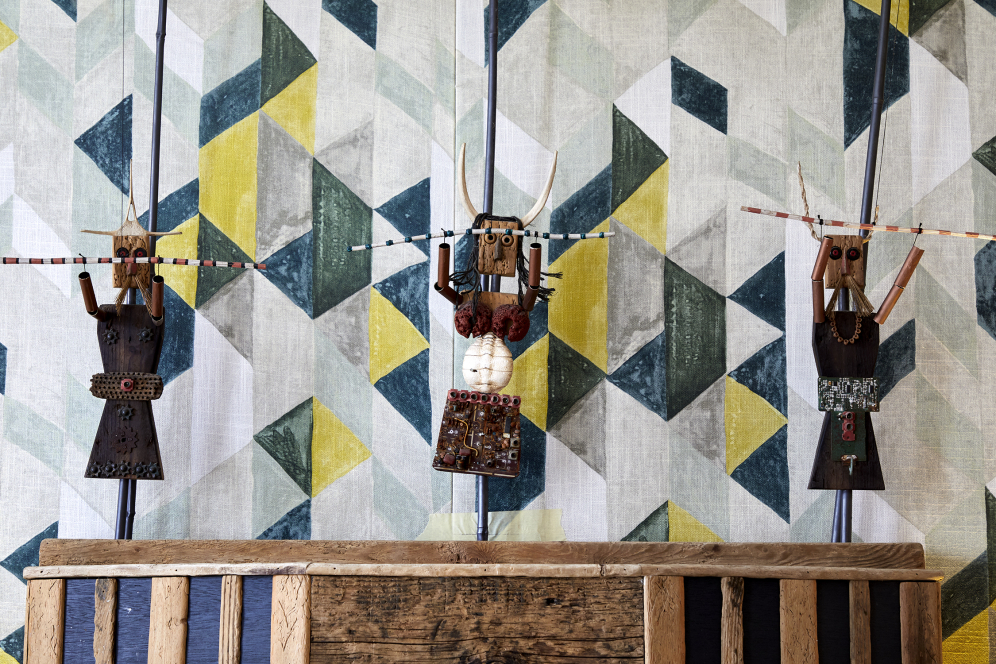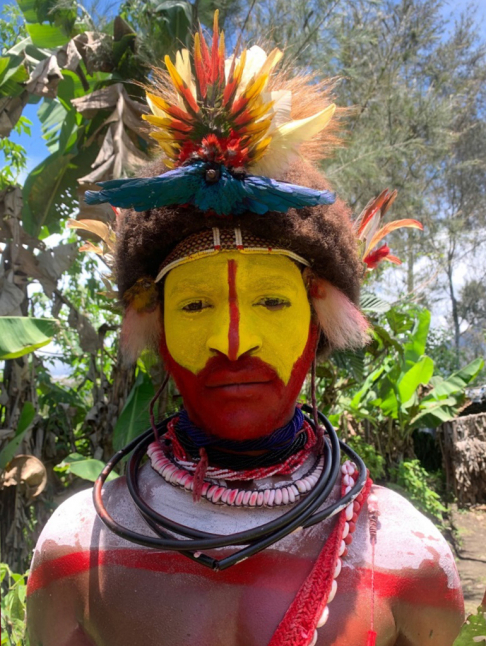
Out & About: Papua New Guinea – Holi Wig Men Tribe
Guest post by Minnie Kemp
I’m sure you have noticed while enjoying afternoon tea at Covent Garden Hotel or having cocktails at Charlotte Street Hotel, lounging in the drawing room at Number Sixteen or taking a swim at Haymarket Hotel, we have a very eclectic collection of artwork and decorative craft adorning our colourful walls.
Building an exciting collection doesn’t just happen overnight. We are constantly sourcing and looking to build a story that will excite you when you visit our hotels, and what could be more exciting than Papua New Guinea?
Viktor Wynd, collector and owner of The Last Tuesday Society museum and Stewart McPherson, British geographer, field biologist, nature photographer and writer, are a dream duo and arrange incredible trips to Papua New Guinea, including along the Sepik river, deep into the highlands and lowland islands.
I jumped at the opportunity to join them on an expedition that included meeting seven different tribal groups, photographing and filming Birds of Paradise and exploring the Trobriand Islands, famous for their ebony, rosewood and pearl carvings.
The Huli are the largest tribe in the highland region, strong and impressive adorned with birds of paradise feathers, razor sharp cassowarie bones, hibiscus, possum, cat fur, toya shells and pigs tails – I will never forget the intensity of the red and yellow paint covering their beautiful faces.
Sitting proudly upon their heads are the wigs. The Daily Wig is brown and mushroom shaped, while the Ceremonial Wig is red or black, with raised sides, and uses compacted hair, thus needing twice as much hair as the Daily Wig. Both wigs are supported by bamboo frames.
In most cases, the wigs are made from the wearers own hair – professional “Hair Trainers” exist to teach the magic of traditional wig making to young boys hoping to be initiated into the spiritual clan and get married. Virgin boys, usually about fourteen years old, will say a formal goodbye to their mothers and sisters, they will not see them again until they graduate. One wig takes about 18 months to grow and students can grow several wigs back to back, which can take up to ten years.
Wig schools are sacred and spells are cast to help the hair grow. There are rules the students have to abide by such as “don’t sit near the fire in the sleeping hut, do not speak to or touch any woman and water your hair 12 times a day directly from the stream.” It’s a tradition to sing while using fern leaves to sprinkle water onto their big bouncy hairdo. They must also follow a strict diet which includes no pigs heart, fat or spicy food. During the cultivation, Wigmen sleep on special neck rests as the volume of their hair increases. Once complete it is cut away and stitched onto a light wooden frame before being decorated. The more glorious the wig, the more likely to attract the strongest and fattest wife!



